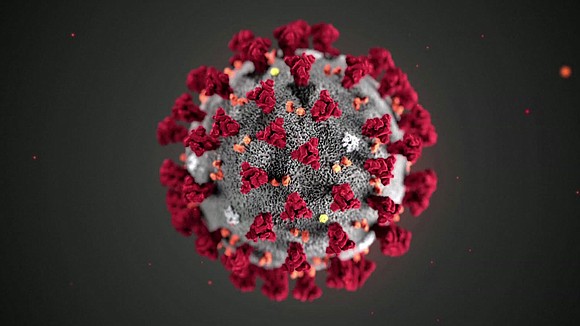More Hispanic workers impacted by Covid-19 in food processing and agriculture workplaces, CDC study finds
CNN/Stylemagazine.com Newswire | 10/20/2020, 7:51 a.m.
By Shelby Lin Erdman and Hollie Silverman, CNN
(CNN) -- More Hispanic workers were impacted by the coronavirus pandemic in food processing plants, manufacturing plants and agriculture workplaces in the US last spring than workers of other races or ethnicities, a team led by the US Centers for Disease Control and Prevention reported Monday.
The study found that nearly 73% of workers at meat and poultry plants and similar settings across the country who were diagnosed with the virus were Hispanic or Latino, despite accounting for only 37% of the work force in these work places.
"Our study supports findings from prior reports that part of the disproportionate burden of COVID-19 among some racial and ethnic minority groups is likely related to occupational risk," the team wrote.
Officials across the country have been reporting for months that the pandemic was disproportionately impacting communities of color due to a variety of reasons, including working and living conditions as well as equitable access to healthcare.
The CDC examined information collected from state health departments about workers with confirmed Covid-19 in food processing and manufacturing plants and agricultural settings between March 1 and May 31.
Nearly 73% of people diagnosed with coronavirus were Hispanic or Latino, 6.3% were Black and 4.1% were Asian or Pacific Islander, the survey found. This suggests "Hispanic or Latino, non-Hispanic Black, and non-Hispanic Asian/Pacific Islander workers in these workplaces might be disproportionately affected by COVID-19," the researchers wrote in the CDC journal Emerging Infectious Diseases.
The researchers found reports on mass testing in US meat and poultry plants revealed widespread coronavirus outbreaks and found high numbers of asymptomatic or presymptomatic infections.
High-density workplaces can cause a higher risk for transmission of Covid-19, the researchers reported.
"These findings support the need for comprehensive testing strategies, coupled with contact tracing and symptom screening, for high-density critical infrastructure workplaces to aid in identifying infections and reducing transmission within the workplace," the study concluded.
Only 36 states reported data, and testing strategies varied by workplace so that influenced the number of cases detected, the CDC said. Plus workers hesitant to report illness could have led to an underestimation of cases among workers.




